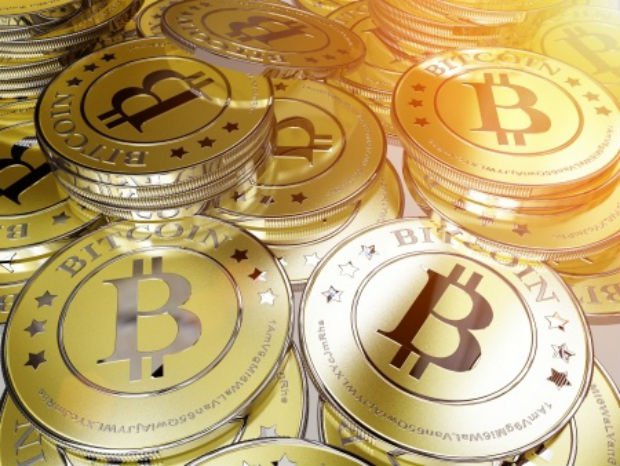I’m hearing a lot about “bitcoin” and “blockchain.” What’s going on?
Let’s start with the basics. Bitcoin is a cryptocurrency — a digital version of an asset, much like gold. In 2017, its value skyrocketed.
Blockchain is the tech that underpins it. It’s a powerful concept and has the potential to change the world pretty drastically.
But what is it?
Blockchain is known as “distributed ledger” technology.
Almost everything we do, whether it’s getting ill, buying a house, using a credit card, voting, traveling by car, or using public transport, involves the creation and movement of data.
Blockchain is a new way of storing and moving that data, where instead of being held all in one place, the information is atomized and spread over thousands of nodes across a network, all locked together with clever cryptography.
That structure allows a lot of cool new opportunities, which we’ll get to in a bit.
Hang on. Why does information need revolutionizing? What’s wrong with the way we store information now?
At the moment, the data that rules our lives is — for the most part — kept in big lumps in one place, whether on a private server, in the cloud, or on paper in libraries or archives. That’s fine for a lot of things, but it can also be vulnerable to attack.
It was recently revealed that hackers breached Uber last year and stole the personal information of 57 million users. You probably heard about the hack — and subsequent publication online — of data on up to 37 million users of the extramarital dating site Ashley Madison the same year. Or the more recent breach at the U.S. credit rating company Equifax, which saw the personal data of 143 million U.S. consumers, including Social Security numbers and, in some cases, driver’s license numbers and even credit card details.
These breaches can have serious consequences, leaving millions of people vulnerable to identity theft and fraud. The personal nature of the Ashley Madison data compounded the problem, contributing to at least two suicides.
Blockchain would have stopped that?
Not necessarily. Blockchain can’t stop hackers getting into your computer system if your admin password is “password.” But other times, hackers use brute force — sheer computing power — to attack a system; blockchain makes that nearly impossible.
“The internet was created to move information,” says Jamie Smith, CEO of the Blockchain Business Council and head of communications for BitFury, a leading blockchain technology company. “That information needed to be stored somewhere, so everyone on earth has a zillion databases. Essentially, you can think of them like houses. It’s hard to break into a house, but not impossible, and cybersecurity is just a lot of really fancy ways to protect that house.”
Blockchain technology breaks the database into a million tiny pieces, which are then spread across thousands of computers. “Instead of breaking into a house,” Smith says, “you now have to break into an entire town.”
And that’s the “distributed” part of it?
Exactly. Each part of the structure — whether it’s a unit of currency like bitcoin, or the navigation system of a self-driving car, say, or your health or voting records — is spread across the network in a web of interwoven chains of data. The system gets exponentially more secure the more complex it gets.
That’s clever.
That’s just the start. It also self-checks and self-repairs. The computers participating in the blockchain help maintain its integrity by checking and verifying sets of transactions — blocks — which then form a chain with the history of each piece of data encoded on it. Because the blockchain is constantly checking itself, the data on it is immutable. Even if a hacker did somehow manage to break into a block, any changes they made would be immediately and permanently visible.
To get participants to volunteer processing power, different systems based on blockchain, including bitcoin, offer incentives in the form of tokens. That’s what bitcoin is: a value token given in exchange for computer power. That process is called “mining,” and the idea was laid out by Satoshi Nakamoto, bitcoin’s inventor, in this famous white paper.
Source/More: Everything You Need to Know About Blockchain But Were Too Embarrassed to Ask
















